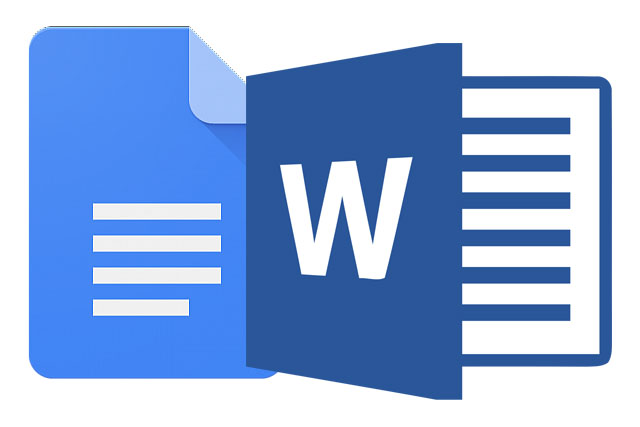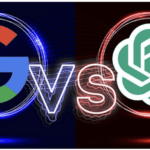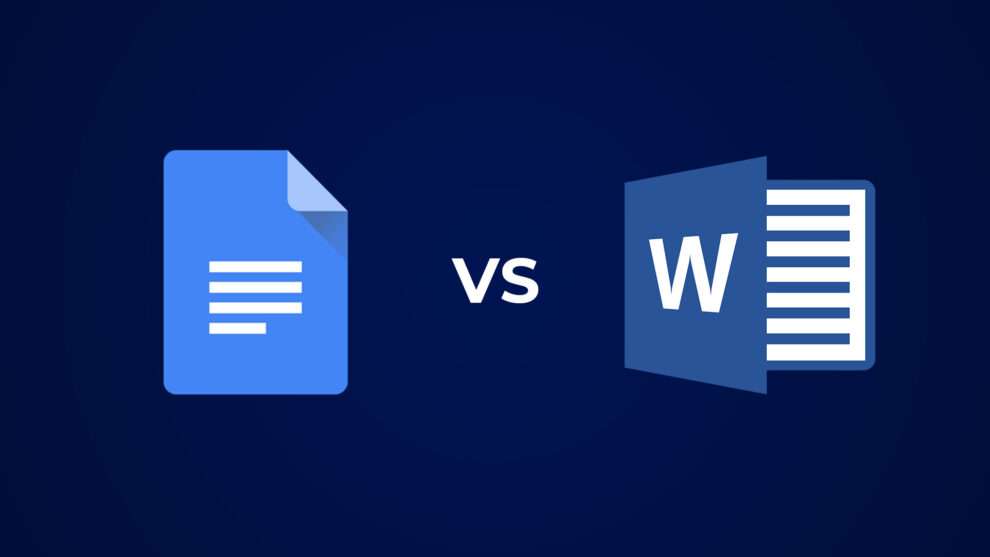In the ever-evolving world of productivity software, two titans dominate the field: Google Docs and Microsoft Word. Both tools are household names, but their strengths and weaknesses vary depending on your workflow, team dynamics, and professional goals. Whether you’re a student, a freelancer, or part of a global enterprise, choosing between these two applications hinges on understanding their unique advantages and limitations. In this exploration, we’ll delve into how each tool handles collaboration, flexibility, cost, and overall usability to determine which one reigns supreme when it comes to boosting productivity.
Collaboration: The Cornerstone of Modern Work
One of the standout features of Google Docs is its unparalleled ability to facilitate collaboration. At its core, Google Docs was built with teamwork in mind, offering real-time editing, commenting, and sharing capabilities that make it ideal for remote teams or group projects. Multiple users can simultaneously edit the same document, leaving comments that others can immediately address without interrupting their workflow. This seamless integration fosters communication and accelerates decision-making, particularly in environments where quick turnaround times are essential.
Microsoft Word, while a stalwart in the productivity space, takes a slightly different approach. Its collaboration features are robust but less immediate compared to Google Docs. While Word supports co-authoring and offers basic commenting tools, it lacks the real-time functionality that Google Docs provides. Collaborators must manually refresh documents to see updates, which can slow down progress in fast-paced scenarios. Additionally, Word’s offline-first design can pose challenges for distributed teams relying on constant connectivity.
For individuals or small teams working on creative projects—like writing reports, brainstorming ideas, or drafting presentations—Google Docs’ collaborative features shine. The ability to see colleagues’ edits unfold in real time creates a sense of shared ownership and accountability, reducing the risk of miscommunication. On the flip side, Word’s collaboration tools are better suited for users who prefer to review and revise documents independently before sharing final drafts.
Flexibility: Formatting Freedom vs. Structured Precision
When it comes to formatting, Microsoft Word reigns supreme. Its extensive array of tools allows users to craft highly customized documents, from professional resumes to elaborate academic papers. Word’s mastery over typography, layout options, and advanced design features makes it the go-to choice for creatives, designers, and anyone needing precise control over their document’s appearance. Its compatibility with industry-standard file formats (e.g., .docx, .pdf) ensures that even the most complex projects integrate smoothly into larger workflows.
Google Docs, while not lacking in formatting options, operates under a simpler, more streamlined framework. While it covers the essentials—font sizes, paragraph styles, bullet points—it lacks the granular control offered by Word. For example, embedding custom fonts, adjusting margins with millimeter precision, or applying intricate table designs may prove cumbersome in Google Docs. However, this simplicity also has its merits: fewer distractions mean faster document creation for those who prioritize speed over perfection.
For users who value flexibility and artistic expression, Word remains the clear winner. Its versatility shines in industries like publishing, marketing, and education, where attention to detail is paramount. Conversely, Google Docs excels for scenarios where speed trumps complexity. Writers, journalists, and students often benefit from its straightforward interface, allowing them to focus on content creation without getting bogged down by formatting minutiae.

Cost: The Elephant in the Room
Cost is perhaps the most debated aspect of this comparison. Microsoft Word is part of the Microsoft Office suite, which typically requires a subscription to Microsoft 365. Depending on your plan, pricing ranges from 7/monthforpersonaluseto20/month for enterprise-level licenses. While this investment grants access to a comprehensive suite of tools—including Excel, PowerPoint, and Outlook—it may seem steep for casual users or small businesses operating on tight budgets.
Google Docs, on the other hand, is free to use for most users. Accessible via Google Drive, it integrates seamlessly into Google Workspace accounts, offering generous storage limits and collaborative features without upfront costs. This affordability appeals to freelancers, startups, and educational institutions looking to minimize expenses while maximizing output. However, power users may encounter limitations, such as reduced storage capacity or restricted add-ons compared to paid alternatives.
For organizations with fluctuating headcounts or limited financial resources, Google Docs offers a compelling value proposition. Its pay-as-you-go model scales easily, making it easier to onboard new team members without incurring additional fees. Meanwhile, enterprises committed to leveraging Microsoft’s ecosystem may find the upfront investment worthwhile, especially if they already rely on other Office products.
Usability: Intuitive Simplicity vs. Advanced Customization
Usability is subjective, but both tools cater to distinct user personas. Google Docs prides itself on simplicity, offering an intuitive interface that minimizes cognitive load. New users can jump straight into document creation without spending hours mastering tutorials. Its drag-and-drop functionality, paired with automatic version history tracking, empowers even novices to produce polished documents quickly.
Microsoft Word, by contrast, caters to users seeking granular control over their work. Its toolbar-packed interface may overwhelm beginners, but seasoned professionals appreciate its extensive customization options. Macros, templates, and advanced scripting capabilities allow power users to automate repetitive tasks and streamline workflows. Word’s compatibility with legacy systems ensures that older documents remain accessible, bridging the gap between modern and traditional office environments.
For individuals who prioritize ease of use and rapid deployment, Google Docs wins hands down. Its clean, uncluttered design reduces friction, enabling users to focus on their core tasks without distraction. On the other hand, Word’s depth and breadth appeal to professionals who demand fine-grained control over every aspect of their work. Whether you’re managing a team of writers or designing a multi-page brochure, Word’s flexibility ensures that you can tailor the tool to fit your exact needs.
Specialized Use Cases: Where Each Tool Shines
Beyond general productivity, Google Docs and Microsoft Word excel in specific niches. Google Docs dominates in collaborative settings, making it the preferred choice for remote teams, educators, and project managers. Its real-time editing and commenting features make it indispensable for scenarios requiring frequent input from multiple parties. For example, teachers can use Google Docs to facilitate peer reviews, while project leaders can track progress across departments with ease.
Microsoft Word, meanwhile, shines in fields demanding precision and consistency. Legal professionals, scientists, and academics rely on Word’s advanced referencing tools, such as EndNote and Zotero integrations, to maintain accurate citations. Its compatibility with specialized software (e.g., LaTeX) further cements its status as the go-to tool for technical documentation. Additionally, Word’s integration with Microsoft’s broader ecosystem—such as SharePoint and OneDrive—makes it a logical choice for enterprises already invested in the Microsoft universe.
Conclusion: A Tale of Two Titans
Choosing between Google Docs and Microsoft Word ultimately depends on your priorities and workflow. If collaboration, affordability, and speed are your top concerns, Google Docs emerges as the clear winner. Its real-time editing capabilities, free access, and user-friendly interface make it an excellent choice for teams and individuals seeking efficient document management.
On the other hand, if you require advanced formatting options, precise control, and compatibility with legacy systems, Microsoft Word reigns supreme. Its extensive feature set, coupled with its deep integration into enterprise ecosystems, ensures that it remains a staple in professional settings.
For those navigating the middle ground, hybrid solutions exist. Many professionals use both tools interchangeably, leveraging Google Docs for collaborative brainstorming sessions and Word for final presentations or reports. This dual approach highlights the complementary nature of these applications, each excelling in its respective domain.
In the end, the battle between Google Docs and Microsoft Word isn’t about declaring a single victor—it’s about recognizing the unique strengths each brings to the table. Whether you’re collaborating on a global scale or crafting a masterpiece in solitude, both tools offer pathways to enhanced productivity. By understanding your needs and leveraging the right tool at the right moment, you can unlock unprecedented levels of efficiency and creativity in your work.
















Add Comment